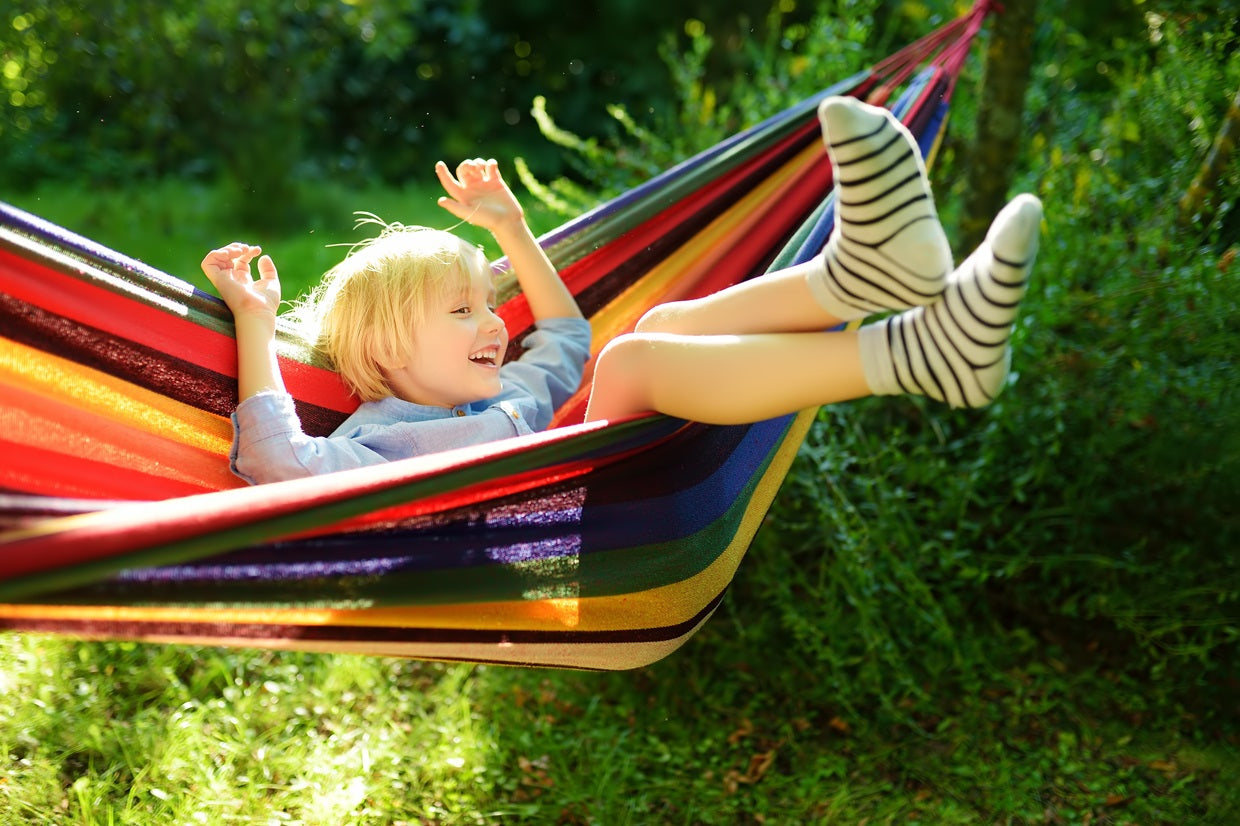
Types of Sensory Resources To Help With Vestibular Input Development
As you make sure that you provide everything your child needs during their childhood, it is only natural that you are constantly on the lookout for resources to help you with your child’s development of their motor, social and intellectual skills -- this need for support is intensified further if you are a parent whose child has special needs.
What is your Child’s Vestibular Input?
Before we talk about the different resources and resources that you can use as a parent to help develop your child's vestibular input, let's first discuss in a nutshell what it is.
The vestibular system is the first sensory system to develop in utero. Your vestibular system provides information about movement and position in space. It is able to identify which direction you are moving (forwards, backwards, sideways), where you are in relation to the world around you and which position you are in (standing, kneeling, lying). It is crucial in helping our bodies feel safe and secure in the world around us.
The vestibular system is located in the inner ear. The system is activated when the head moves; either from spinning or out of an upright position. The vestibular system is a ‘use it or lose it’ sensory system. Often children have a higher tolerance to vestibular input as their vestibular system is activated during active play such as spinning around, swinging, jumping and dancing. Typically, we engage in these kinds of activities less in adulthood and are in more upright positions. This means our vestibular system is activated less and we are more prone to feeling dizzy and sick when engaging in these kinds of activities. The vestibular system is closely connected to other sensory systems of the body, especially the auditory and visual systems.
For children who are struggling with processing sensory information, improving how their vestibular system works can help them be more aware of their surroundings, improving their focus and sense of balance overall!
Swings and Hammocks
The gentle sway of a swing or hammock provides rhythmic motion, activating the vestibular system. For children and adults alike, these sensory resources offer a calming effect while stimulating balance and coordination.
Balance Boards and Rockers
Balancing resources such as wobble boards or rockers engage core muscles and promote stability. They are excellent for developing proprioception and enhancing vestibular input through controlled movement.
Spinning Seats and Discs
Spinning seats and discs provide rotational movement, stimulating the vestibular system in a unique way. These resources can be adjusted to accommodate different levels of sensory input, making them versatile tools for therapy sessions.
Scooters and Scooter Boards
Scooters and scooter boards encourage dynamic movement, requiring coordination and balance. They are ideal for promoting vestibular input while engaging in playful activities, fostering motor skills development.
Sensory Swings and Cocoon Chairs
Sensory swings and cocoon chairs offer a cocoon-like experience, providing deep pressure and gentle movement. These therapeutic tools are beneficial for individuals seeking calming sensory input and proprioceptive feedback.
Balance Balls and Bouncing Resources
Balance balls and bouncing resources allow for dynamic movement and proprioceptive input. They promote sensory integration by engaging multiple senses simultaneously, making them effective tools for sensory therapy.
Rotational Devices and Merry-Go-Rounds
Rotational devices and merry-go-rounds offer spinning motion, stimulating the vestibular system intensely. While using caution with speed and duration, these resources can provide valuable vestibular input for sensory seekers.
A few things to consider when engaging in vestibular play;
- Vestibular movements can have an alerting or calming effect on the body. Fast paced, up/down, spinning movements will typically have an altering effect, and slower rocking movements or movements where the head is still tend to have a more calming effect. Think about what you are trying to achieve for a child when choosing vestibular activities.
- Start with movements where a child's feet remain on the ground such as animal walks, or yoga. A child is more likely to feel more secure with their feet on the ground, yet the vestibular system will still be challenged as their head is inverted.
- Progress to linear movement with the body in prone (lying on stomach) or full body flexion (curled up in a ball).
- Finally, introduce spinning (rotatory) movement. This is the most alerting and powerful vestibular input and it may take some time for the brain to process this.
Ready to Enter the World of Sensory Resources?
If you’re a parent in need of the right kind of tools to help with your child’s development, then you’ve come to the right place. We practise all that we have stated above in the creation and selling of all our resources making sure that aiding child development be our top priority.
See our list of NDIS-approved resources here, or if you want to search for more resources, we might have them on our website. Enjoy your shopping at The OT Store!
